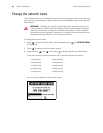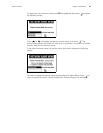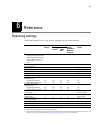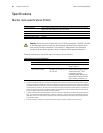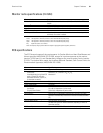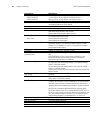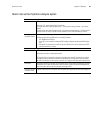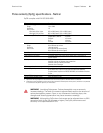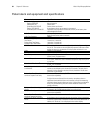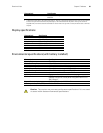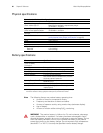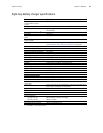
Directions for Use Chapter 6 Reference 55
Heart rate and arrhythmia analysis option
Method for calculating heart rate
Monitor Determined by monitor (displayed at monitor)
Heart rate = 60 latest average interval in seconds.
For higher heart rates, latest average interval = 7/8 of previous average interval + 1/8 of latest
interval
For lower heart rates, latest average interval = 3/4 (previous average interval) + 1/4 latest interval.
Transition rates for choice of formula include hysteresis and are 70 and 80 beats per minute.
Acuity System with
Arrhythmia Option
Determined by Acuity Arrhythmia Option software (displayed at Acuity Central Station)
The beat-to-beat heart rate (HR) value is calculated as follows:
HR = 60000/actual RR (bpm).
Actual RR = time between last detected QRS complex and previously detected QRS complex
(ms).
Average HR is calculated on the basis of the mean RR interval in the last 6 seconds or 8 RR
intervals (whichever is shorter).
Arrhythmia analysis option when connected to Acuity
ST Analysis ST Analysis can be performed for any or all of seven leads, depending on the operator selection.
The operator can select a measurement offset.
ST segment shifts are recorded in continuous trend data every second. The operator can inspect
trend data to see the duration and elevation or depression for each episode for any time period
recorded. The operator can also inspect a summary of ST segment shift data within tabular trends.
Heart Rate Heart rate information is available in the trend data which can be viewed on the display or printed.
The operator can inspect the trend data to see the lowest, highest, and median (averaged) heart
rates. Trend data also includes the total beats per range of time.
Definition of Pause
Arrhythmia Event
A pause is defined as the R-R interval which is greater than or equal to two times the average R-R.




